Barbara Braxton is an award winnng teacher librarian from Cooma, who has spent her time in schools in the ACT where she developed a primary school library that Jackie French once described as “the best I’ve ever seen”. In 2003, Barbara was awarded the Dromkeen National Librarian’s Award for her contribution to children’s literature for her online activities, particularly running book raps, Read Around Australia, and the Young Australian Readers’ Award. Barbara is also the author of professional articles and teachers’ books including the All you need to teach information literacy series published by Macmillan Education. Although ‘retired’, Barbara is currently undertaking her third masters degree through Charles Sturt University . As part of her research for an assignment, she asked the members of OZTL_NET for their suggestions for titles that would appeal to young teenage boys struggling with their reading. The following list of authors and titles is a collation of what was received, that Barbara has very kindly agreed to share with us.
Bauer, Michael Gerard
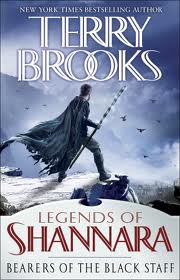 Brooks, Terry – Shannara series, Magic Kingdom of Landover series
Brooks, Terry – Shannara series, Magic Kingdom of Landover series
Child, Lee – Jack Reacher series (although I would have thought these were
for an older audience)
Coates, Jimmy
Colfer, Eion – Artemis Fowl series and other titles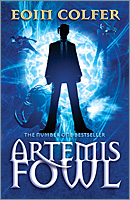
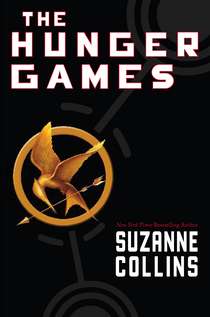 Collins, Suzanne – Hunger Games series
Collins, Suzanne – Hunger Games series
Collins, Tim – Diary of a Wimpy Vampire
Cowell, Cressida
Dashner, James – Jimmy Finchner saga
 Delaney, Joseph – Last Apprentice
Delaney, Joseph – Last Apprentice
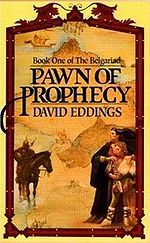 Eddings, David – The Belgariad
Eddings, David – The Belgariad
Ellis, Deborah – I am a Taxi, Sacred Leaf
Flanagan, John – Rangers Apprentice
Grant, Michael – Gone series
Griffiths, Andy – Just series
Grylls, Bear
Gwynne, Phillip – Swerve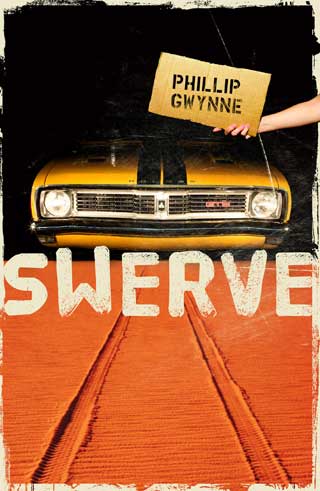
Heath, Jack
Higson, Charlie
Hirsch, Odo
Hobb, Robin – Farseers
Horowitz, Alex
Kinney, Jeff – Diary of a Wimpy Kid
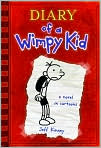 Landy, Derek – Skullduggery Pleasant
Landy, Derek – Skullduggery Pleasant
Lord, Gabrielle – 365 Conspiracy series
MacHale, D. J. – Pendragon series
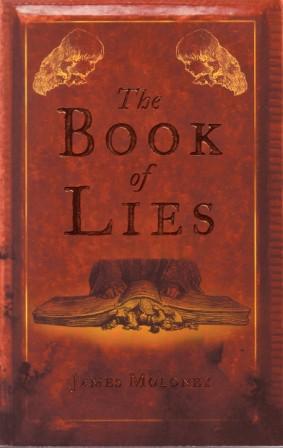 Maloney, James – Book of Lies
Maloney, James – Book of Lies
Marsden. John – Tomorrow series
McNab, Andy
Measday, Stephen – Send Simon Savage
Metzenthen, David – Jarvis 24
Morphew, Chris – The Phoenix Files
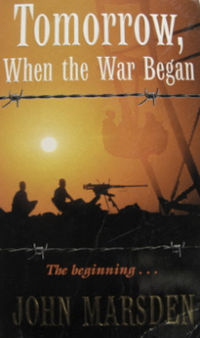 Mowll, Joshua – The Guild of Specialists trilogy, esp in hardback
Mowll, Joshua – The Guild of Specialists trilogy, esp in hardback
Mutchamore, Robert
Myers, Bill – Wally McDoogle
Nix, Garth – Mister Monday series, Keys to the Kingdom
Paolini , Chris- Inheritance Series
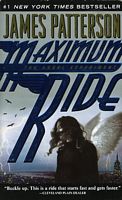 Patterson, James – Maximum Ride series
Patterson, James – Maximum Ride series
Reilly, Matthew
Riordan, Rick
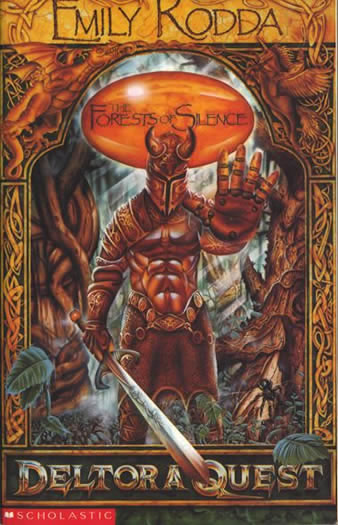 Rodda, Emily – Deltora Quest
Rodda, Emily – Deltora Quest
Ryan, Chris – Alpha Force
Sage, Ange – Septimus Heap
Scott, Michael – The Secret of Nicholas Flamel
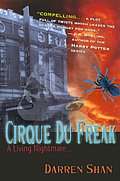 Shan, Darren – Cirque du Freak, Demontia
Shan, Darren – Cirque du Freak, Demontia
Van der Ruit, John – Spud, The Madness Continues
Wilkinson, Carole – Dragonkeeper series
Wright, Joshua
Death Note and Naruto graphic novels; X-men; Maus I & II, Asterix
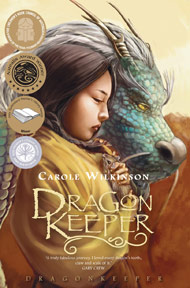 Series – Beast Quest, Zac Power, Midnighters (Westerfield), Specky Magee,
Series – Beast Quest, Zac Power, Midnighters (Westerfield), Specky Magee,
Panckridge sports novels, Goosebumps, Barrington Stoke; Quentaris
Chronicles; Adventures of Sherlock Homes;
Ripley’s Believe it or Not; Guinness Book of Records, Top Gear;
Agatha Christie
Bone
www.rhozbookraves.blogspot.com
comics (esp Marvel) & magazines
More accomplished readers head for:
 Raymond E. Feist – all but particularly the later series ‘Conclave of
Raymond E. Feist – all but particularly the later series ‘Conclave of
shadows’
Robert Jordan (‘Wheel of Time’ series)
Stephen Lawhead (Pendragon series, etc.)
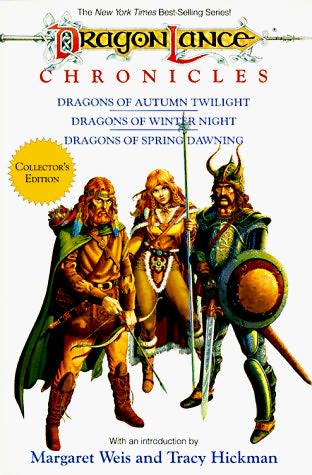 Margaret Weis/Tracy Hickman
Margaret Weis/Tracy Hickman
(‘Dragonlance’ and other series)
George R. Martin (Ice and Fire series)
Bernard Cornwell (‘Sharp’ series, Saxon series, Arthur, etc.)
Jack Whyte
(Saxon chronicles, etc.)
A favourite excuse of students who are reluctant readers is “there’s nothing in this library to read!”. I know our library staff will be using this list to display fantastic books for boys in an effort to encourage them to use the library and read some of the great books we have. Thanks Barbara and contributors.



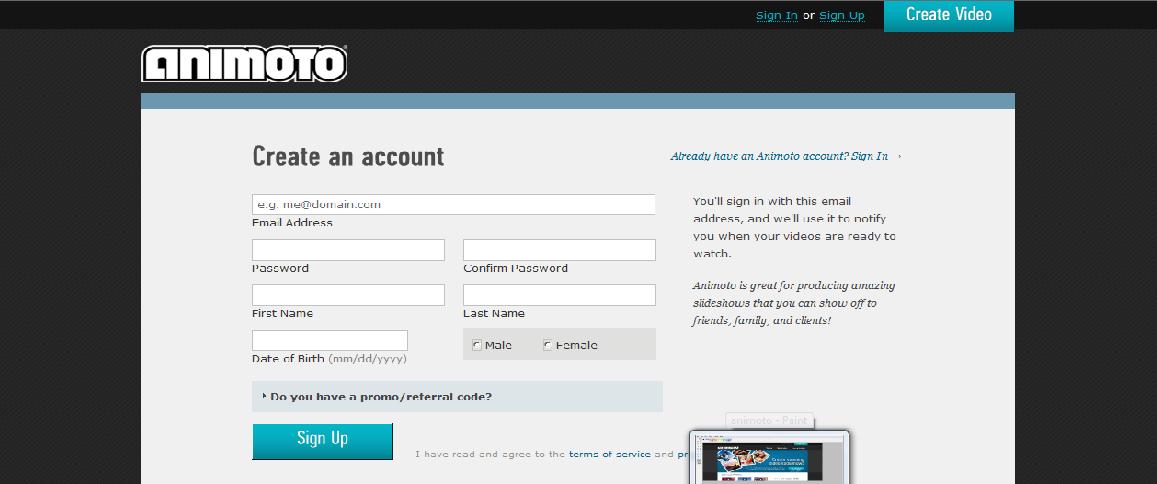
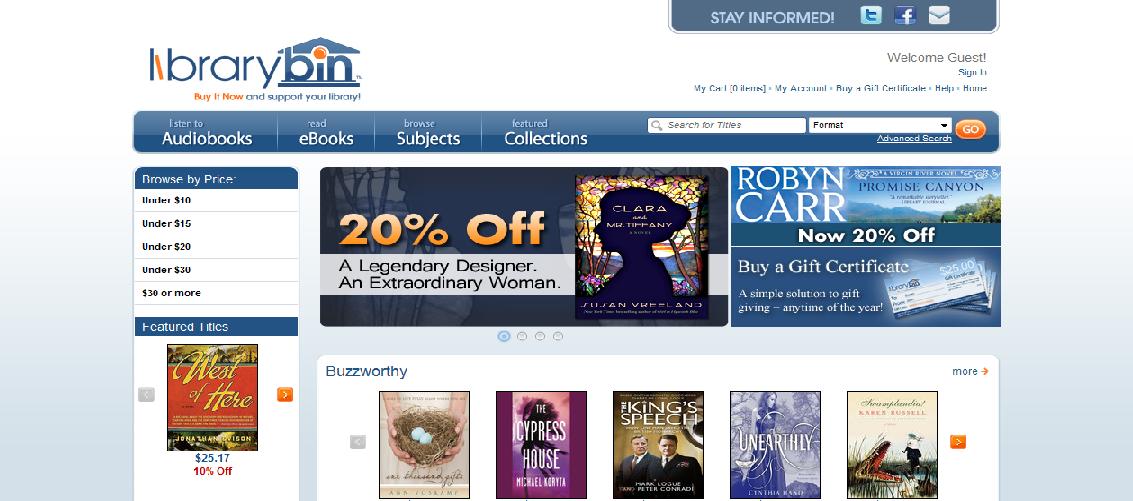


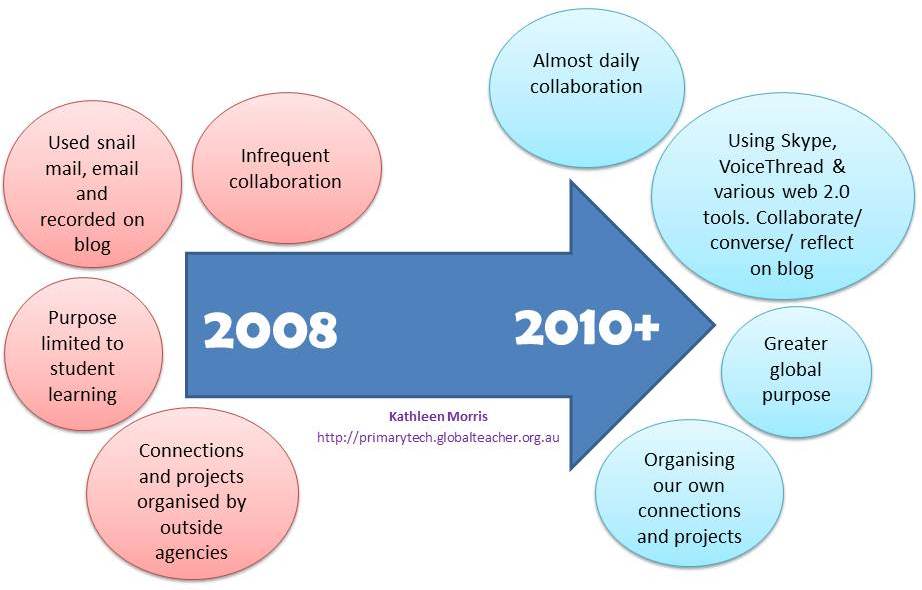
 The
The 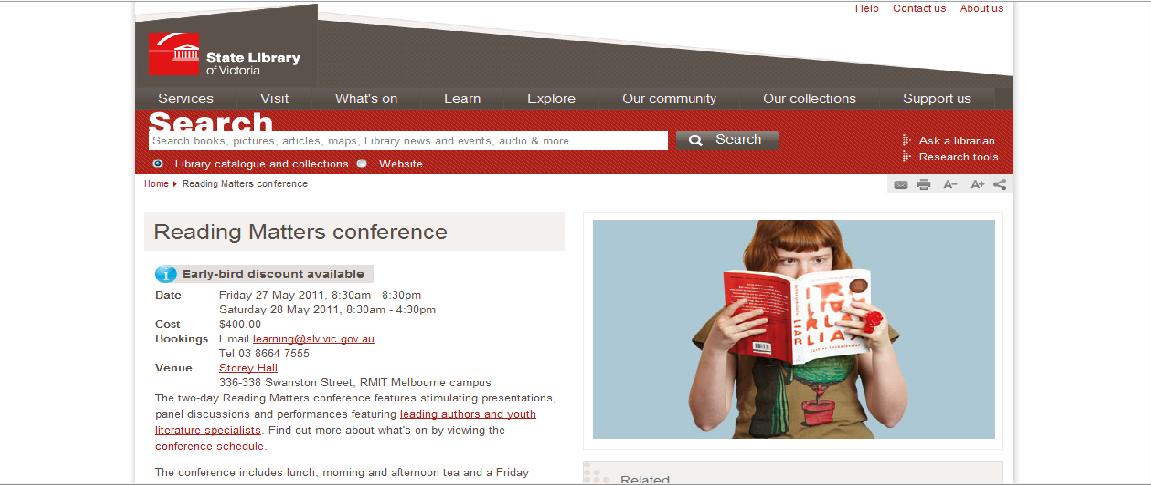
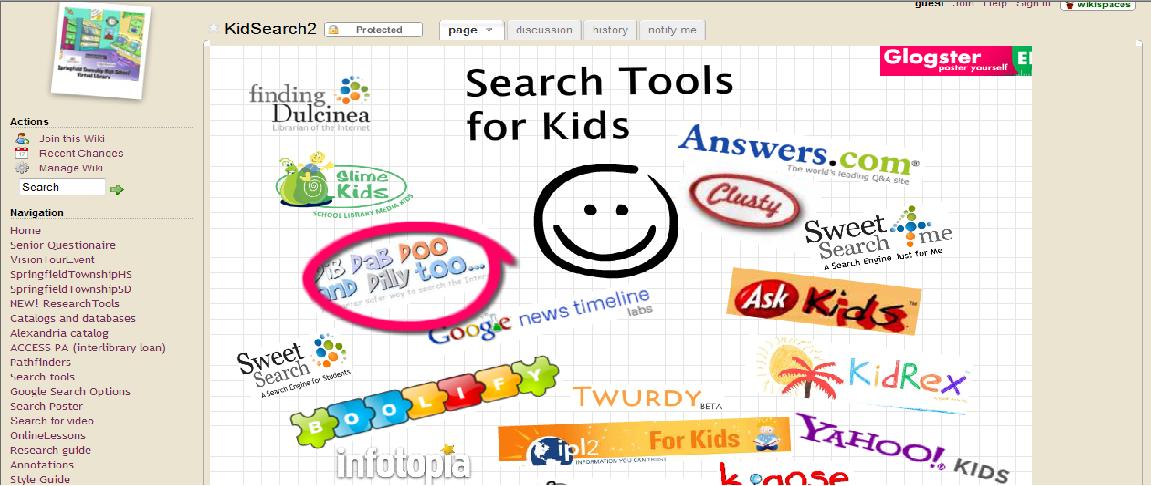
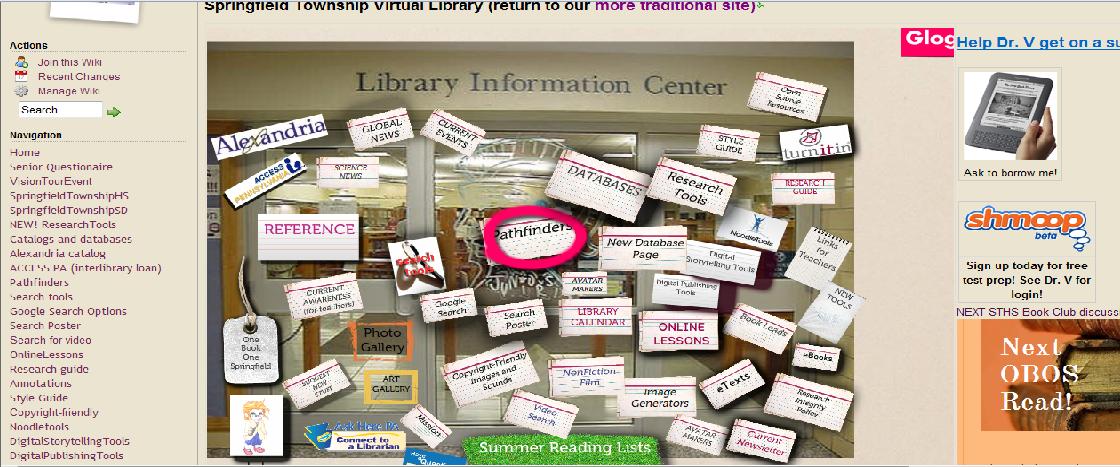
















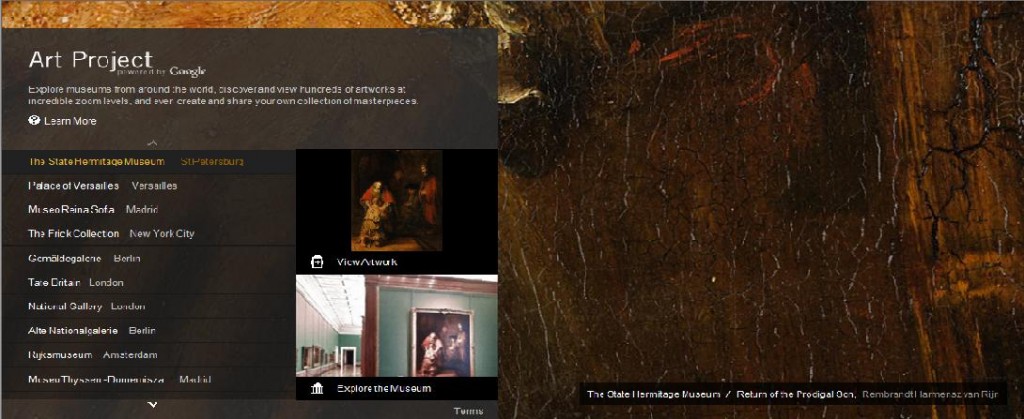
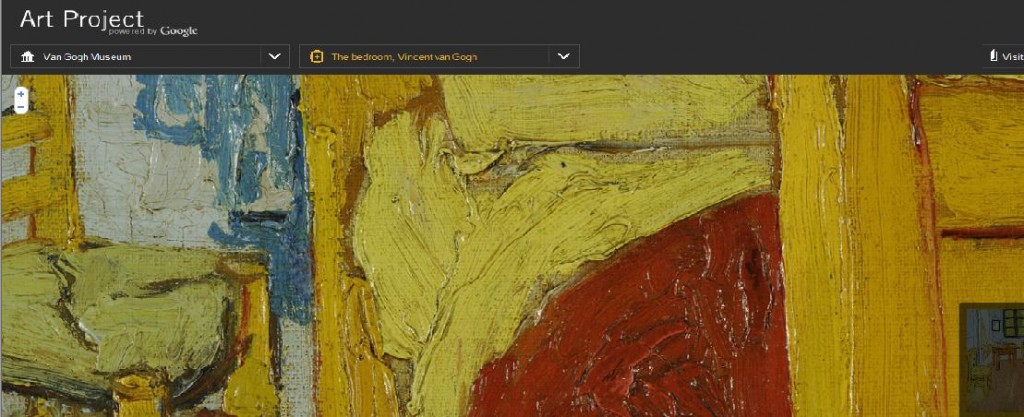
 Below are links to research carried out in the UK, published in 2010, concerning school libraries and their roles in education today. Linking school libraries and literacy discusses a clear link between student attainment and school library use. These can be useful documents to reference when advocating the importance of school libraries and teacher librarians:
Below are links to research carried out in the UK, published in 2010, concerning school libraries and their roles in education today. Linking school libraries and literacy discusses a clear link between student attainment and school library use. These can be useful documents to reference when advocating the importance of school libraries and teacher librarians: